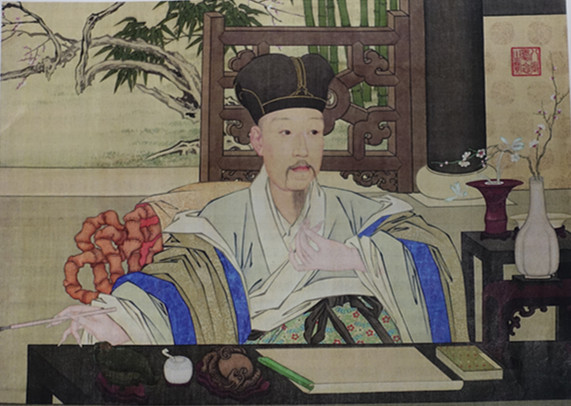 |
|
Emperor Qianlong (1711-1799) [Photo provided to China Daily]
|
For art lovers the story is familiar enough: Master painter is found dead, paintbrush in hand. After all, to work until one's last breath is a natural choice for someone who has given one's life in the service of his muse.
But the special thing about this artist, who painted on the first day of the Chinese lunar new year in 1799, two days before he died, is that he was an emperor, indeed the longest-reigning emperor in Chinese history.
"In fact Hongli was continuing a tradition where an emperor would paint auspicious motifs to usher in the new year," says Yang Danxia, a senior researcher of traditional Chinese painting and calligraphy at the Palace Museum in Beijing.
"This particular one painting had joined the more than 1,000 others to form his portfolio."
In addition to those, Yang says, are nearly 10,000 works of calligraphy, not to mention the emperors' countless epigraphic writings that adorned his surroundings. "In terms of quantity, he is peerless," says Yang, who attributes the wonder that was Hongli to an education that could only be called classic.
"For nearly two decades before Hongli ascended the throne, when he was 25, he was under the tutelage of literary masters. Belonging to a millennium-old tradition that treats literary cultivation-and by extension calligraphy and painting-as one's major pursuits, these masters nurtured in the young man a passion that would endure for the rest of his life."

